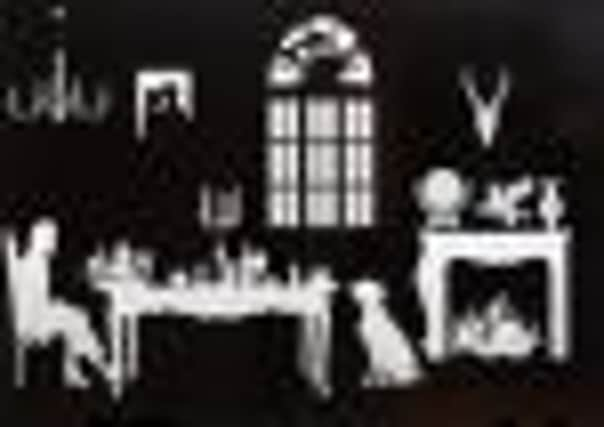Students illustrate youthful imagination of the Brontës


Branwell Brontë (1817-1848), the troubled and some say brilliant brother of Charlotte, Emily and Anne, is mostly perceived as a dark and brooding character who exists as a mysterious presence on the periphery of his sisters’ literary legacy.
A painter, poet and writer, his love life was tragic, he sank into drink, drugs and debt, and he died (probably from TB) at 31.
Advertisement
Hide AdAdvertisement
Hide AdRarely seen original manuscripts by the black sheep of the Brontë family, held in Leeds University’s Brotherton Library special collections, can be seen in an exhibition called Visions of Angria: The Creativity of the Brontës, this month.
They are shown alongside new art inspired by his stories, and other works produced by the famous siblings.
The new pieces have been created by third year illustration students on Leeds College of Art’s Visual Communications course.
They have focused in particular on interpretation of the rich and complex world of landscape, characters and events created by Branwell and his sisters while they were still children.
Advertisement
Hide AdAdvertisement
Hide AdIn 1826, when he was nine, Branwell was given a set of 12 toy soldiers by his father, and this tiny army was used by the siblings to create characters and stories inspired by contemporary events, including military campaigns and political intrigue.
Six tiny volumes of tales were written in Branwell’s tiny script. They were set in the fictitious Confederacy of Glass Town.
From 1834, he both collaborated and competed with his sister Charlotte to describe Angria, an imaginary world whose inhabitants were often in conflict.
As a project for his students, Nick Cass, a lecturer in museum studies at Leeds University who also teaches visual communication at Leeds College of Art, asked them to consider these Brontë manuscripts and create a response using any illustrative medium.
Advertisement
Hide AdAdvertisement
Hide Ad“The exhibition is a complementary show to Wildness Between Lines, currently running at LCA, which features practising contemporary artists’ interpretations of the Brontës,” says Cass. “With the eight students, I found that a few had read the Brontës’ work and knew something about Branwell, and the others had no idea about how big the Brontës were, but the project opened up a new area to them.
“I was completely thrilled by the work the students came up with, and the way they have articulated the rationale behind their work.”
He has reason to be proud.The pieces, ranging from Rachel Nelson’s digital print Riot Scene to Maria Brozozowska’s laser-cut MDF Depression Is The First Blessing, Victoria Thorburn’s Four Portraits etched beautifully in copper and Sin-yee Chung’s ink on paper comic strip, the art is thoughtful and well crafted.
Until February 23.
Branwell– the Bronte brother
Branwell Brontë was the fourth of six children and the only son of Patrick Brontë and his wife, Maria Branwell Brontë. He was born in Thornton, near Bradford, and moved with his family to Haworth when his father was appointed to the perpetual curacy there in 1821. Of the four Brontë siblings who survived into adulthood, Branwell Brontë seems to have been regarded within the family as the most talented, at least during his childhood and youth. Branwell was educated at home by his father, while his sisters went to Cowan Bridge School. As well writing, Branwell Brontë worked as a portrait painter in Bradford at one time.